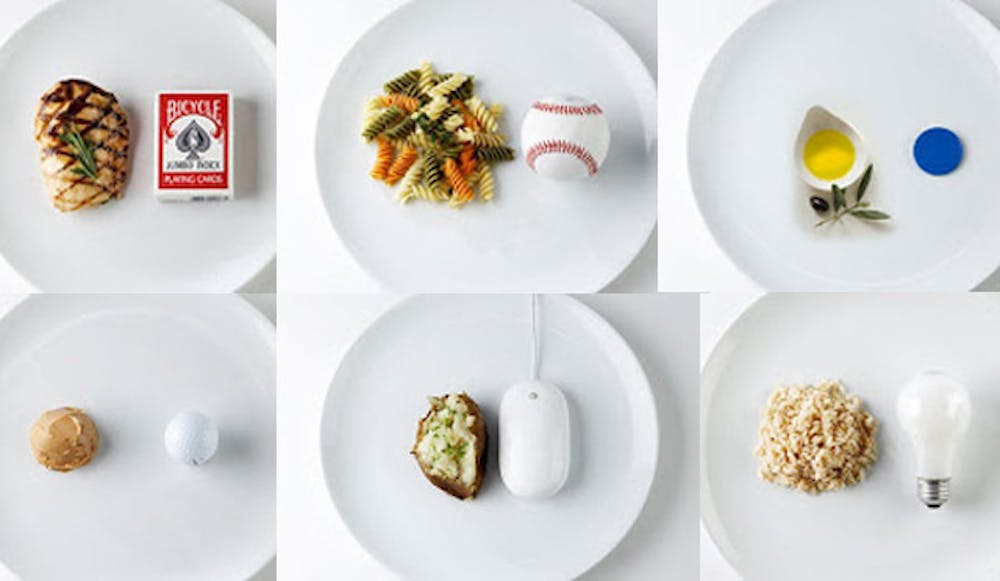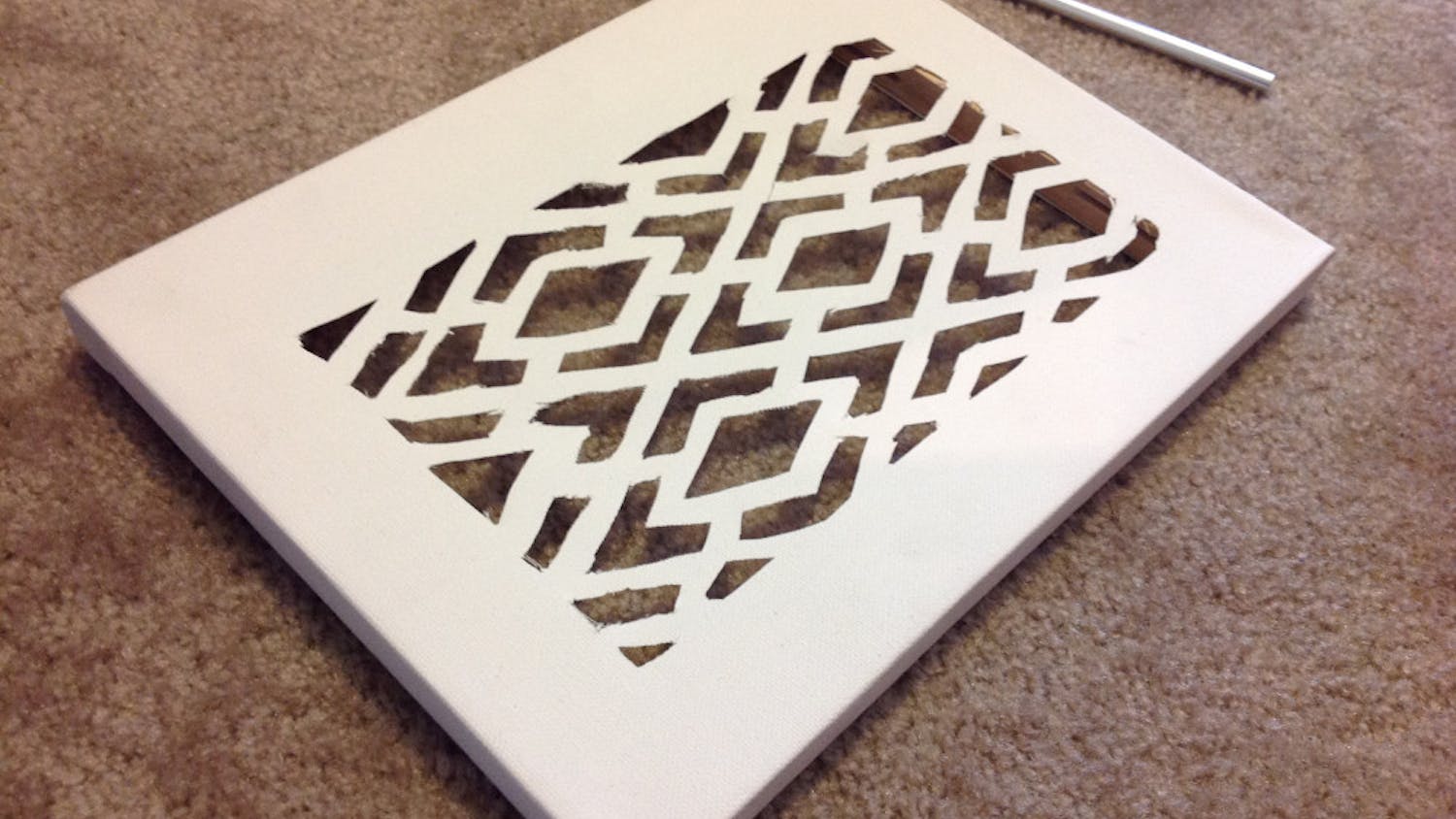The American diet is known for outrageous portions. Extra-large fries, mountains of pasta, unlimited breadsticks and double-decker hamburgers are staples in our culture. I noticed this when I travelled to Barcelona this summer. I ordered a medium gelato and was shocked by how tiny it was. Thankful that I didn’t order a small, I wondered, “Is the server crazy or am I?”
After a month in Europe, I got used to the change. Smaller slices of bread, only a few ravioli at dinner and mini cups of coffee became normal. When I returned home to Philadelphia, I was greeted with a billboard featuring an enormous Philly cheesesteak. I was very aware of the portion distortion that America has come to develop.
However, many people don’t realize there is a difference between a serving size and a portion size. A portion is the amount of food that you put on your plate. A serving size is set by the USDA and is a specific amount of food that can be measured in cups, ounces, tablespoons or other dimensions. Where we get into trouble is when we think our own, or a restaurants’ portion size, is a serving size. But really that portion on your plate can be multiple servings.
The pictures above show what serving sizes really looks like. Apparently, a serving of poultry, meat or fish should be equivalent to the size of a deck of cards. One serving of rice should be the size of a small light bulb, while a serving of pasta should be equal to the size of a baseball. Starchy vegetables, such as potatoes, should be the size of a computer mouse. A single serving of peanut butter should be the size of a golf ball. One serving of oil should be the size of a water bottle cap.
Now you may be thinking that the pictures look super tiny, something a bird would eat. But paying attention to how big your portions are can help you maintain a healthy waistline. If you fill the rest of your plate up with vegetables and other low-calorie sides, you will be able to retrain your brain and your stomach to feel full off of the recommended serving size.






